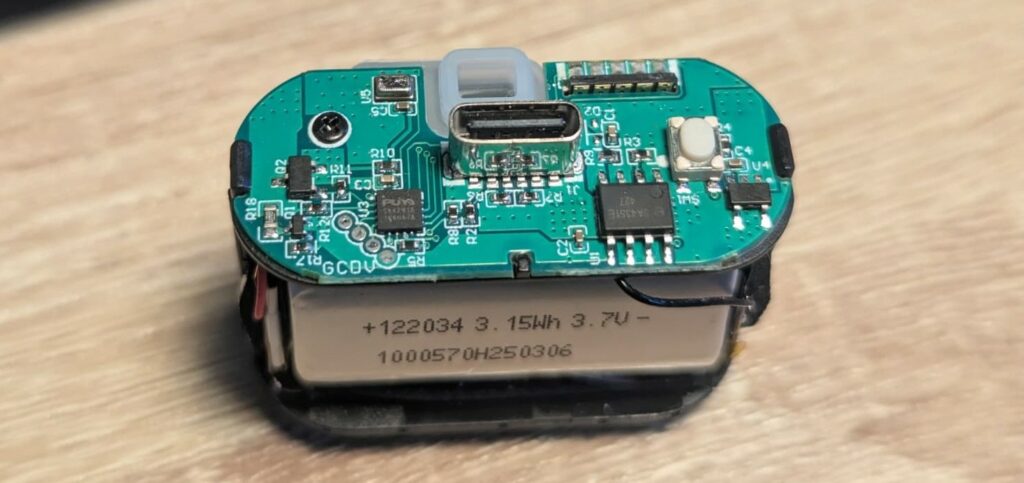
Richard Stallman said many years ago “Playfully doing something difficult, whether it’s useful or not, that’s hacking!”
Romanian engineer and origami master Bogdan Ionescu, known by the nickname BogdanTheGeek, has demonstrated that disposable e-cigarettes can be used for purposes other than those for which they were designed. He then transformed a discarded device into a functioning web server.
Ionescu had long collected used e-cigarettes to make batteries for use in other projects. But with the advent of more “advanced” models, he turned his attention to integrated microcontrollers. In one of these devices, he found a chip labeled PUYA C642F15. After studying it, it was discovered to be a PY32F002B microcircuit with an Arm Cortex M0+ core running at 24 MHz. It consists of 24 KB of flash memory and 3 KB of RAM.

By modern standards, the setup is modest: for comparison, even a phone from ten years ago could barely load Google, and this chip is about a hundred times slower.
But the engineer decided to use it to run his server. The key was the microcontroller’s ability to work with the SLIP (Serial Line Internet Protocol) protocol, an obsolete method for transmitting Internet data over a serial interface. This made it possible to turn the e-cigarette into the equivalent of a simple modem with a speed of about 56 Kbps. Additionally, Ionescu added the uIP 0.9 library, which provides TCP/IP support and the ability to serve web pages.
Initially, the result seemed disappointing: ping took a second and a half with half the packets lost, and a simple page loaded in over 20 seconds. But after some improvements, the situation changed. The engineer added a circular buffer for data processing, which significantly speeded up the exchange. Further optimizations reduced the delay to 20 milliseconds with no packet loss. A full page began loading in about 160 milliseconds.
The server was able to host a copy of Ionescu’s blog about the experiment. The entire site fit into 20 KB of flash memory. Anyone could open a chip-based page from a disposable e-cigarette, but the load was more than the device could handle. With a high number of connections, visitors began seeing error 503s, the standard response when the server was overloaded.
The project was called VapeServer and it demonstrated that electronic devices that would normally end up in landfill can be reused. According to research by the University of Oxford and the Faraday Foundation, approximately 1.3 million disposable e-cigarettes are thrown away in the UK every week. In addition to batteries, they also contain controllers, USB-C connectors, and other electronic devices suitable for experimentation.
Ionescu has published the source code of VapeServer on GitHub. There he also published his semihost-ip project, which allows hosting on any Arm processor with minimal coding. For the engineer, this experience proved that even disposable devices can be surprising. Although the resource is limited, the fact that an e-cigarette can function as a server clearly highlights the possibilities for reusing electronics.
Follow us on Google News to receive daily updates on cybersecurity. Contact us if you would like to report news, insights or content for publication.
